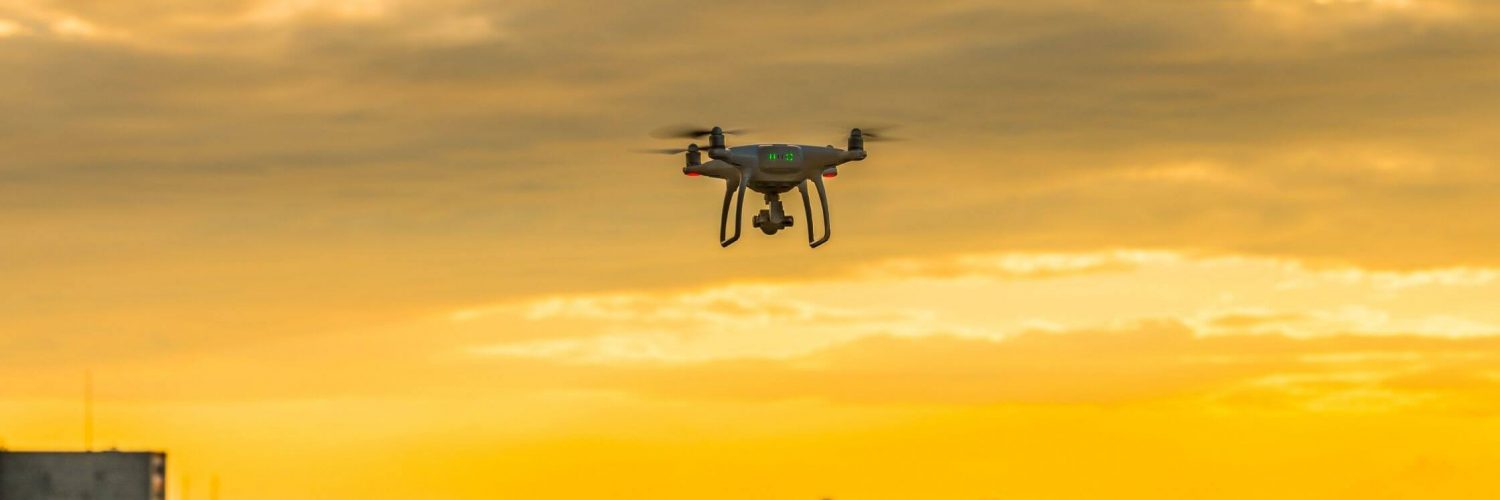Drones or unmanned aerial vehicles (UAV) have taken off in popularity. Any update in technology is making them more maneuverable and affordable. It has allowed researchers from different fields and industries to capture high-resolution data with precision, accuracy, and ease. In this digital world, drones are a valuable tool for understanding how the world is changing and what we can do to manage or even prevent this change. From healthcare to conservation efforts, rescue operations and surveillance, agriculture, military, filmmaking, and more, drones are transforming the world we live in, and they can do so much more.
They started as military tools, but today they have covered every industry you can think of. The novel coronavirus is the latest example of how drones have been used intelligently to save lives. Technologies like artificial intelligence, automation, location technology, GIS and mapping, and big data, among others, are playing a vital role in responding to the COVID-19 pandemic. Drones have played a key role in this war against the invisible enemy by helping authorities in different ways to prevent the further spread of the virus, saving thousands of lives every day. From surveillance to broadcasting, disinfectant spraying, medicine, and grocery deliveries, temperature check, etc., humans have used drones to their full potential in ways that weren’t previously thought possible.
In Wuhan, from where it all started, drones were used as a light source in construction sites where empty fields were converted into temporary hospitals and quarantine shelters. Geek Bridge International, a construction company that commenced and completed the project, used six lighting drones, hovering 50 meters above the ground and covering 6,000 sq. meters. On a single charge, the drone offered illumination for about 10 hours, which is impressive.
Among the keenest to harness the power of drones are service and aid organizations – organizations performing dangerous conservation and humanitarian works and tasks across the globe in hard-to-reach areas. For example, UAVs are searching for lost civilizations in Brazil, delivering medical aid and supplies in Rwanda, and monitoring vultures on the plains of Mongolia.
In 2017, the government of Malawi and UNICEF announced a plan to open a testing site for humanitarian drones, which was Africa’s first. On the 25-mile wide airfield, companies can scrutinize how drones perform and fare on a selection of assignments – bringing cellphone networks to remote areas or tracking people fleeing disasters. Companies are not facing the same challenges as these when they say they are testing drones in a San Francisco warehouse.
In Malawi, drones were sent to transport HIV blood tests to the laboratories from rural medical centers and even assess flash flood damage attained in certain areas.
Moreover, drones are becoming an essential tool in the fight against poachers. Conservationists and animal welfare organizations are using drones to keep a close eye on restricted areas of wildlife parks and sanctuaries. Rangers can’t see a thing or cover the entire forest in a jeep. They are using drones to determine whether the poachers are armed, causing any trouble, and find their hiding spot. So, drones are not only keeping the animals protected but the rangers as well, playing a vital role in overall environmental and wildlife conservation. The best is that drones can be equipped with thermal and infra-red cameras, allowing the authorities to inspect the jungle during the night.
No life would exist on this planet without trees. We need trees for a healthy ecosystem, clean water, and clean air. Wildlife also depends on flora for shelter, food, and protection. As the world is facing a climate change crisis, deforestation has to be blamed the most. It is the worst environmental crisis that is paving a path to doomsday. Unmanaged land-use development and human activities are wreaking havoc on our environment, making the ecosystem vulnerable and threatening the wildlife. This is where conservation technology has helped in protecting the ecosystem and sharing useful data. Drone technology has helped conservationists and scientists in protecting wildlife. With drones, people can reach previously inaccessible areas and gather vital information on the flora and fauna that thrive there.
The opportunities for using UAVs to monitor ecosystem changes, collect data and help people are endless. But, it still needs to improve on a lot of fronts that build resilience to the environments it can be used in.


























